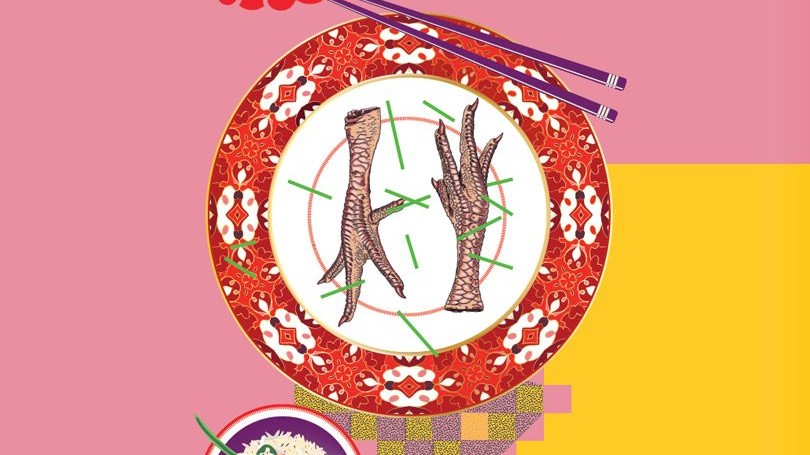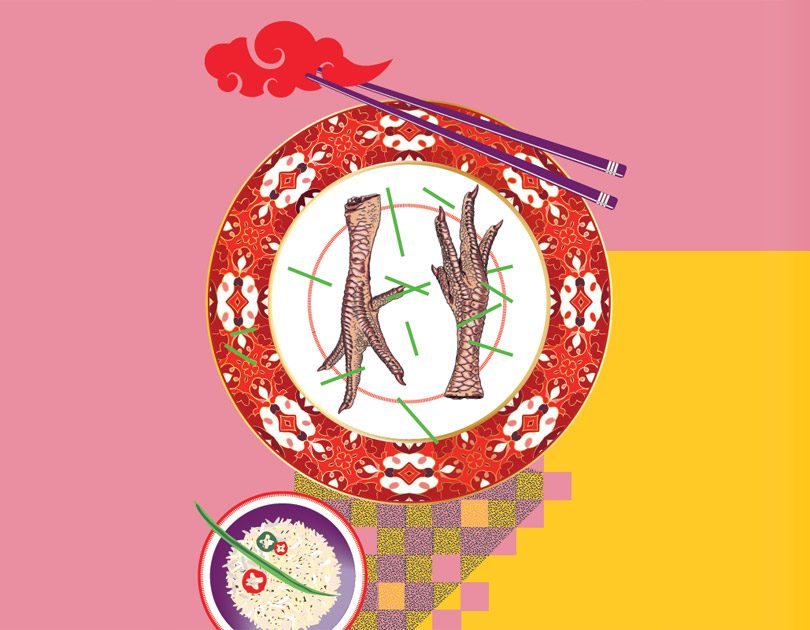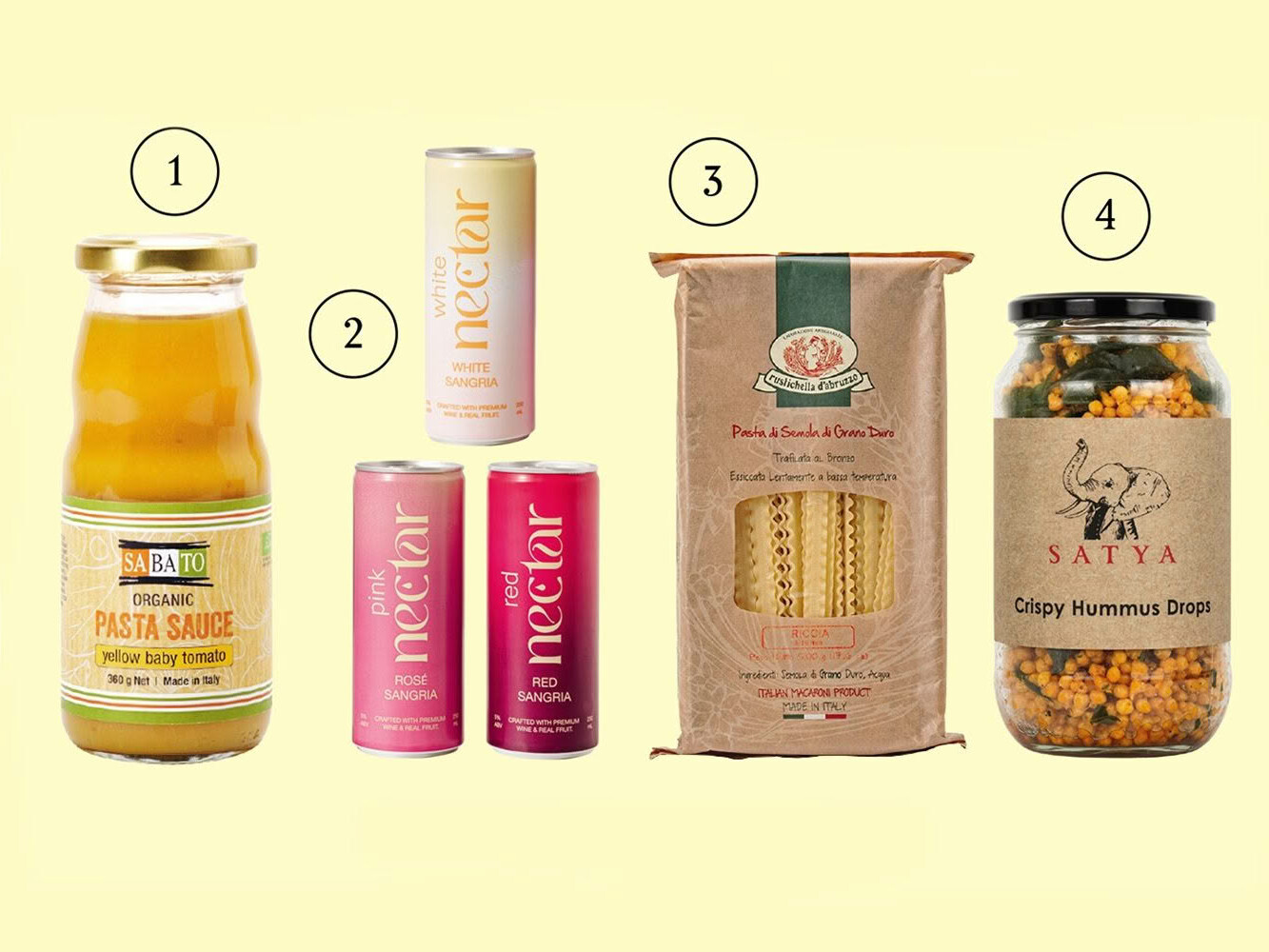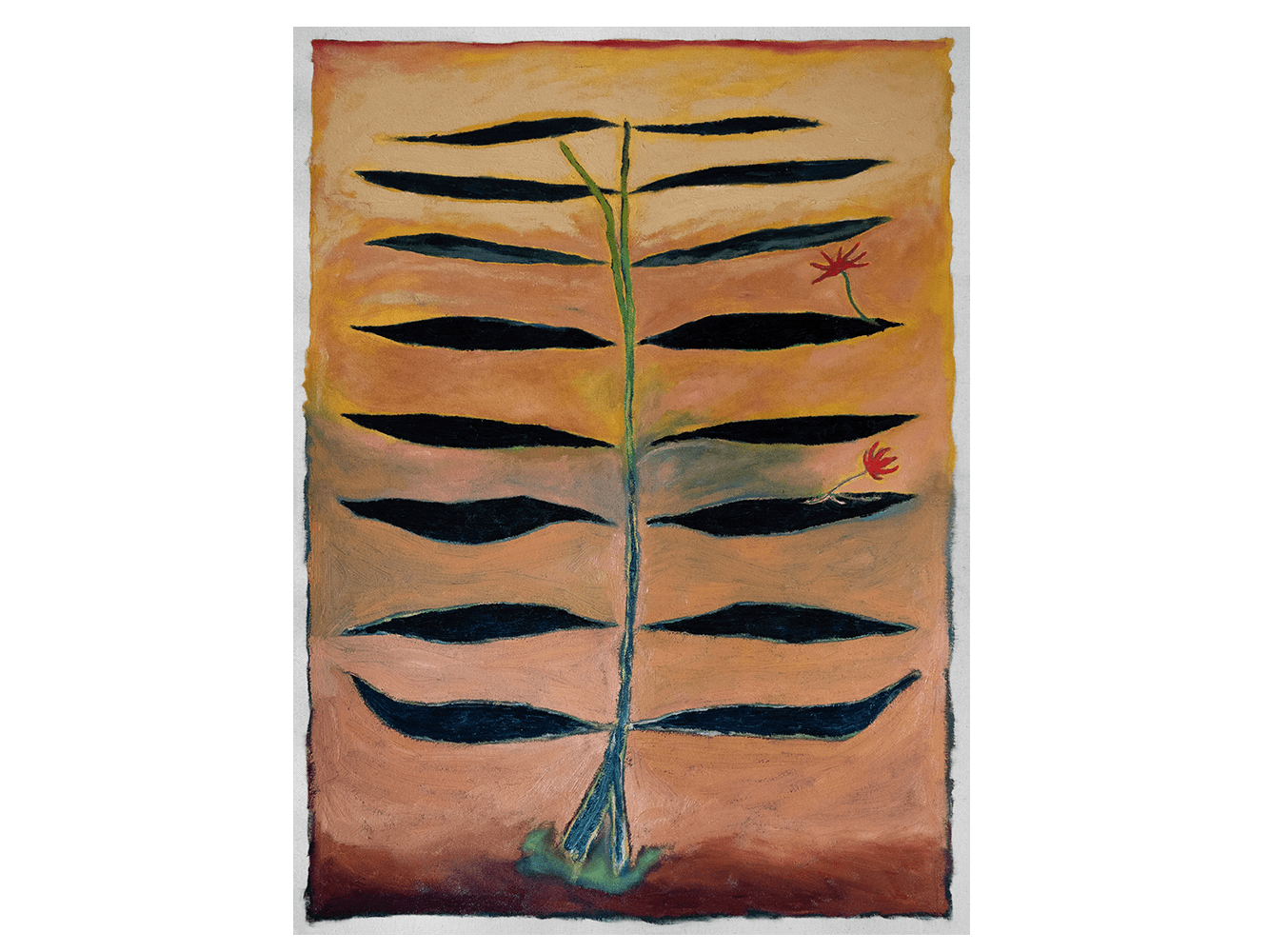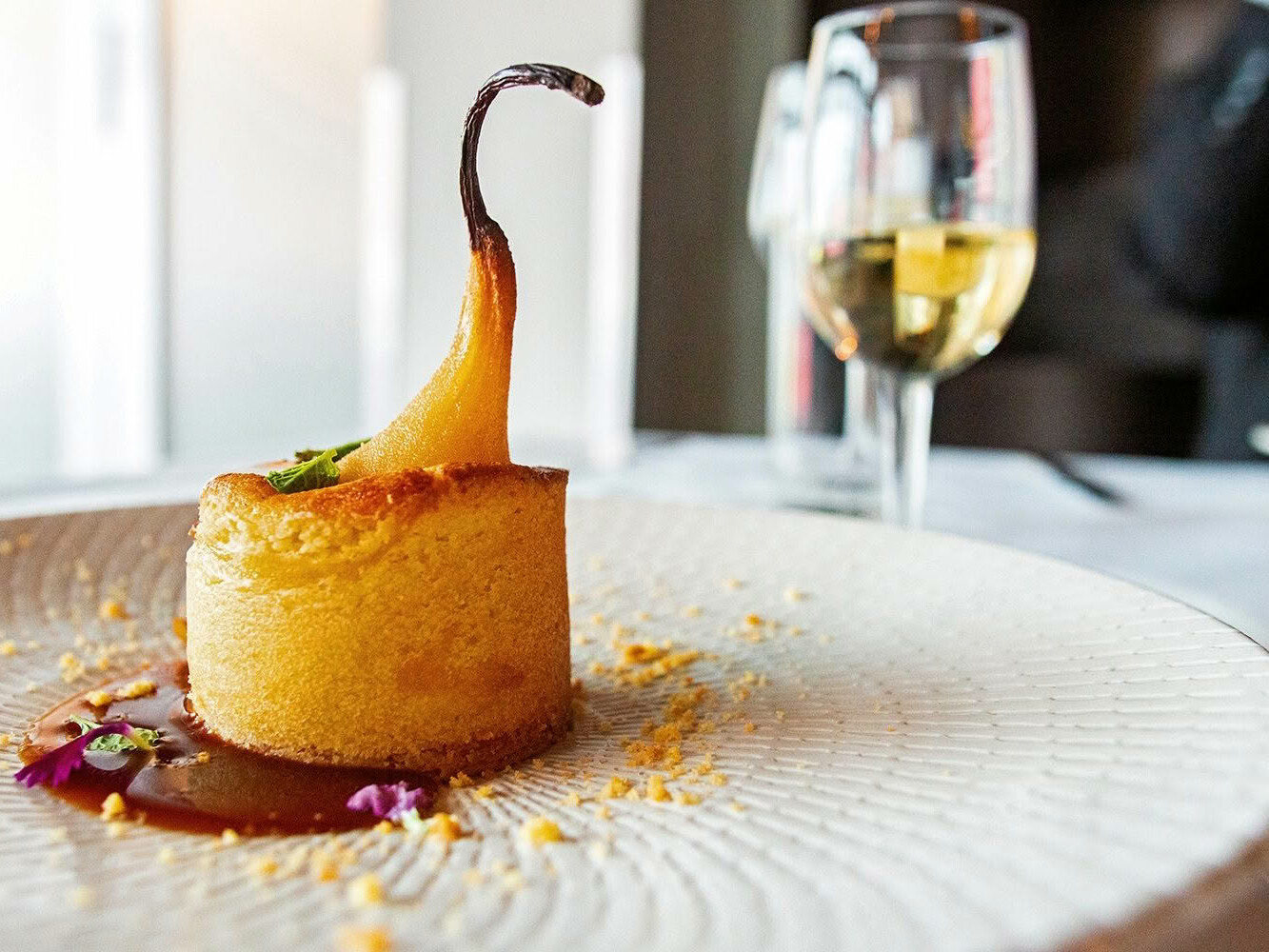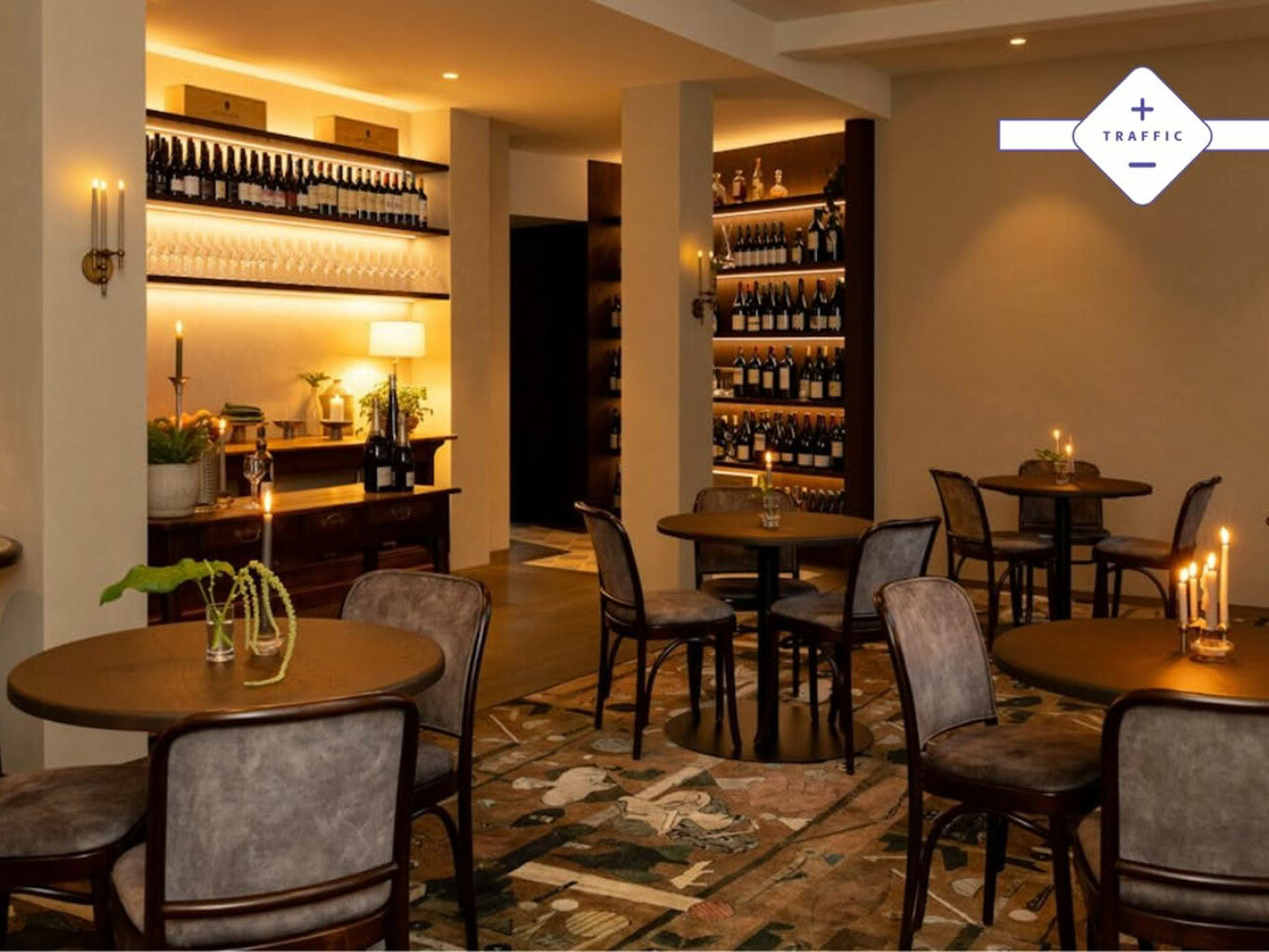SAMUEL SCOTT TAKES A HARD LOOK AT THE STATE OF PLAY IN AUCKLAND’S ASIAN FOOD SCENE.
NEW ZEALAND IS becoming more diverse and so is our food. Our Asian population doubled between 2001 and 2013. In Wellington it is easier to get an assam laksa in the city than fish and chips. In fact, the one F’n’C shop I can think of (Fisherman’s Plate) has amazing pho bo. Their fried stuff? I have no idea. Dunedin’s boozed-up scarfies are just as likely to fill up on midnight sushi as a Jimmy’s pie.
And so an offhand comment by a notable visiting chef that Auckland was lacking incredible high-end Asian cuisine has ruffled the feathers of a few insiders. Where should we take visiting chefs to show off Auckland’s finest Asian food? We don’t have the likes of Australia’s Flower Drum or the recently closed Billy Kwong – Asian powerhouses with sustained critical acclaim over many years – as high rents and a smaller dining population than Sydney or Melbourne have kept our high-end Asian spots to a minimum and perhaps a bit populist. So, what do we have?
A lot of new restaurant-groupish Asian hot spots in Britomart and Ponsonby Central for one thing. To me these places can feel like a European painting of Asia done from memory. But there are some key players pushing boundaries, and a lot of exciting food talent in less visible parts of the food scene.
Lumping all ‘Asian’ food together is a conceit as problematic as Chinese food is diverse. We are talking about 60% of the world’s population and 23% of Auckland’s population identify as Asian, a percentage that isn’t represented in food media or the number of fine-dining restaurants. But ask me what to eat in Auckland, and I will almost always suggest something involving noodles.
There is local pride in our cheap Asian eats, along with Instagram flavour hunters exploring and celebrating the less glamorous corners of our food culture.
Dominion Road and its seemingly endless parade of everything delicious, from Szechuan noodles to Korean BBQ to Indian sweets, is part of Auckland’s identity. I love it and we shouldn’t be snobby about it, but we also shouldn’t feel that Asian cuisine has to be cheap.
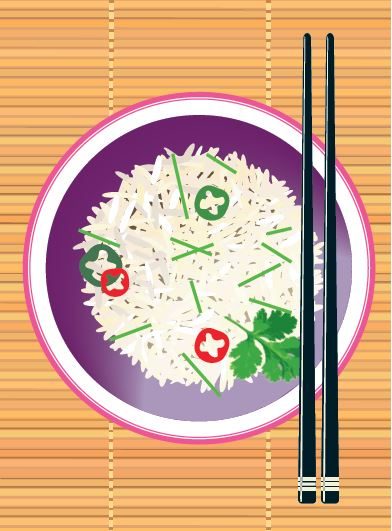 Cocoro has truly broken out of that mould; this high-end, high-priced Japanese won restaurant of the year at 2018’s Cuisine awards. Their $175 sashimi-tasting menu is the stuff of legend, their wagyu beef tataki makes diners act like Meg Ryan in Katz’s Deli. Hot tip though; Cocoro offer a donburi bowl for lunch. At $29 their sashimi donburi is impeccable; each slice of fish a moment of ethereal luxury.
Cocoro has truly broken out of that mould; this high-end, high-priced Japanese won restaurant of the year at 2018’s Cuisine awards. Their $175 sashimi-tasting menu is the stuff of legend, their wagyu beef tataki makes diners act like Meg Ryan in Katz’s Deli. Hot tip though; Cocoro offer a donburi bowl for lunch. At $29 their sashimi donburi is impeccable; each slice of fish a moment of ethereal luxury.
Does a Western audience place Japanese above other Asian cuisines? We tend to think of Japanese as either omakase tasting menus or airport food. In my limited experience of eating in Japan, it’s in the fast, casual middle ground of hip ramen spots where some of the most interesting and tasty things are to be found and Miso-Ra is probably the only ramen in New Zealand that really hits that spot for me. Noriko and Taku Hida have been slinging their ramen from a tiny tent on the side of the road in Onehunga, making use of a small corner of a carpark offered to them by close friends. Taku cooked in Japan before they moved here ten years ago and in 2015 they went back home so he could cook at Do Miso, learning the ways of the miso ramen, so much lighter than the tonkotsu you’re more likely to find in New Zealand.
“The curry ramen is our own secret recipe,” Taku tells me. “It’s not based on Japanese curry and is more about fragrance. We like to experiment with our regular customers.” So, Noriko offers me their Szechuan noodles, not yet on the menu. They’re spicy and numbing but still refreshing, proving that at Miso-Ra they are crafting bowls of noodles that aren’t just delicious, they have personality. Eating food this good on the side of the road, or at a music festival brings the energy of the street into the food and vice versa. Cheap eats and food trucks thrive on social media, as does lively debate on cultural representation. There have been recent twitter rumblings after a 2017 Jesse Mulligan review resurfaced. Mulligan, food critic for the New Zealand Herald wrote that “Chinese is my least favourite style of food, it has various regional subtleties but honestly, the numbing properties of the Szechuan pepper don’t really make up for the amputational challenges of type-2 diabetes.”
Mulligan’s problem is a perception that Chinese food contains too much sugar I guess, but doesn’t Western food? Is a bit of sugar to balance an XO sauce the problem, or is it litres of soft drinks?
At the other end of the critical spectrum would be Albert Cho, of Eatlitfood Instagram fame. His uncensored flamboyant social media musings may be changing the public perception of eating Asian food in Auckland, daring his white followers to push their boundaries, shake off their Western bias and dive into something new, and making his Asia-identifying followers feel as if they have a voice. He responded to the Mulligan review in an Instagram post, stating, “As an Asian person, I was almost flattered to read these words…” Mulligan has “a beige palate, humour and mindset”.
It’s a sick burn but if I’m honest with myself I know I put up the same cultural barriers in my mind. My palate, like my melanin, is pretty beige too. I sat down for a chat with Raymond Xue, executive chef at Chinese fine-dining spot Huami and we’re quickly on to the subject of chicken feet. “Westerners never wanted to eat chicken feet,” which Xue serves up at Huami on their yum cha menu. “So while Chinese restaurants adapted other dishes to the Western palate the chicken feet preparations have stayed authentic around the world. But not eating it is just a cultural and environmental block. Even my protégé chef didn’t want to try it. I said, ‘You have to try everything to truly understand food.’ And of course he loved it.”
I came back to Huami with my kids to try the chicken feet and before I could explain what they were, my nine-year-old was gobbling them up. I was more squeamish about them at first, because I come from a generation conditioned to feel weirded out by Chinese food. Of course they’re unctuous, spicy and delicious.
Xue cooked in Sydney for well over 20 years before he came to Auckland and saw firsthand the explosion of Asian restaurants over that time. “In Australia they now see Chinese food, Vietnamese food, Thai food, as Australian food in the same way the English see Indian cuisine as English. We are seeing more regional specialties [in Auckland] now. I can walk down towards High Street and get some bao and congee and to me it tastes just like home. Not many places are like that, but it’s changing.”
Xue is talking about Sunny Town China Taste on Lorne Street and if this is what bao are like in China then take me there now. They’re little clouds of dough, voluptuous with the tastiest pork, in another universe to the pork buns steaming on the Courtenay Place takeout counters of my youth. It feels like the next generation to the Dominion Road Chinese joints, still a very reasonably priced spot, but just that touch classier and more refined, without softening the flavours for the Western palate.
Red Wall 1939’s super high-end Chinese cuisine is another new player in Auckland. The hustle of Federal Street and intoxicating wood smoke (for the duck and char sui pork) of Huami is replaced by bespoke ceramics and oil paintings of Chairman Mao. Chef Kevin Liu’s grandfather was personal chef to the Chairman and the style of food here is state banquet, dishes that Nixon may have dined on in the first US state visit to Communist China.
It’s such a particular and formal style of cuisine that I can’t see it being the crowd-pleaser that Flower Drum has been to Melbourne. It feels as if it doesn’t know how to fit into the Auckland landscape, but if it could combine the mind-bending knife skills of dishes like the tofu chrysanthemum (cut 108 times) and all the bells and whistles of the opulent fit-out with more personality in the food, then this could be a special place. However the food feels toned down and the unsure formality of it all makes me more uncomfortable than eating the chicken feet.
In Sid Sahrawat’s stable, Sid at The French Café is modern fine dining, while Sidart is very much Indian food, each dish a tightrope-walking mastery of spice to mesmerise the senses but not overpower the protagonist produce. Cassia is more casual but no less delicious.
The Satellites pop-up events celebrating Auckland’s Asian artists, food and culture were what turned me on to Sammy Akuthota, with an intoxicating Indian breakfast in Satya’s Grey Lynn spice warehouse. Sammy is a second-generation Kiwi, taking his parents’ successful business and giving it a cool twist. He’s serving Indian-spiced chicken karaage with natural wine and craft beer at Satya Chai Lounge on Karangahape Road.
Head towards St Kevins Arcade and at Revolver you’ll find Oli Bradford cooking up the most incredible Sri Lankan hoppers (a dosa bowl with fried eggs, chutney and all the tasty things). The food of the subcontinent is kicking ass.
Sid Sahrawat is really proud of the wider community of Asian cuisines. He loves the atmosphere and cultural shift that Sammy brings and he tells me it’s to Paradise – the overlords of Sandringham Indian takeaways – that he heads for that day-off Indian fix. “It’s so consistent and they have some very authentic dishes celebrating certain regions. You can even get Chinese-Indian which is a big trend in India right now.”
New Lynn’s Bunga Raya is, at first glance, another reasonably priced neighbourhood joint in the ’burbs. However the food is a vibrant, punchy take on Chinese-Malaysian, matched with excellent service from the effortlessly charming Rita Lai. Through centuries of trade, Malaysian food became the original fusion cuisine. The pan-Asian eateries that dominate new openings in the city owe everything to the street food and bustling hawker centres of Penang.
If you plonked Bunga Raya in a fancy dining room in Ponsonby, put the prices up and changed nothing else, people would think it was one of the best restaurants in the country.
Maybe this is where you take a visiting chef: New Lynn. Maybe this is the real Auckland, far away from Lamborghini dealerships and Aesop concept stores, on a train line heading west, where people from all corners of the world live and eat.
Does it matter that we don’t quite have a Flower Drum, with its five waiters per table? Our dining culture is younger than Australia’s and we don’t need to play catch up. We have some great Asian fine dining, we also have incredible Asian cuisine in the outer suburbs, and food trucks, food courts, pop ups and markets overflowing with an exciting vibrant, living food culture. It’s more accessible to more people and just because there aren’t five waiters per table doesn’t mean the food is any less delicious if it comes served up with the spirit of, “This is the food we eat where I come from. Now I’m here, it’s your food, too.”
SEE MORE FROM CUISINE
Design File / Jessica Crowe / stylist, painter / Whangamatā
Though you may not know Jessica Crowe’s name, if you are a regular…
Traffic July / August 2025
Josh and Helen Emett continue the elegance and success of Gilt, with…

